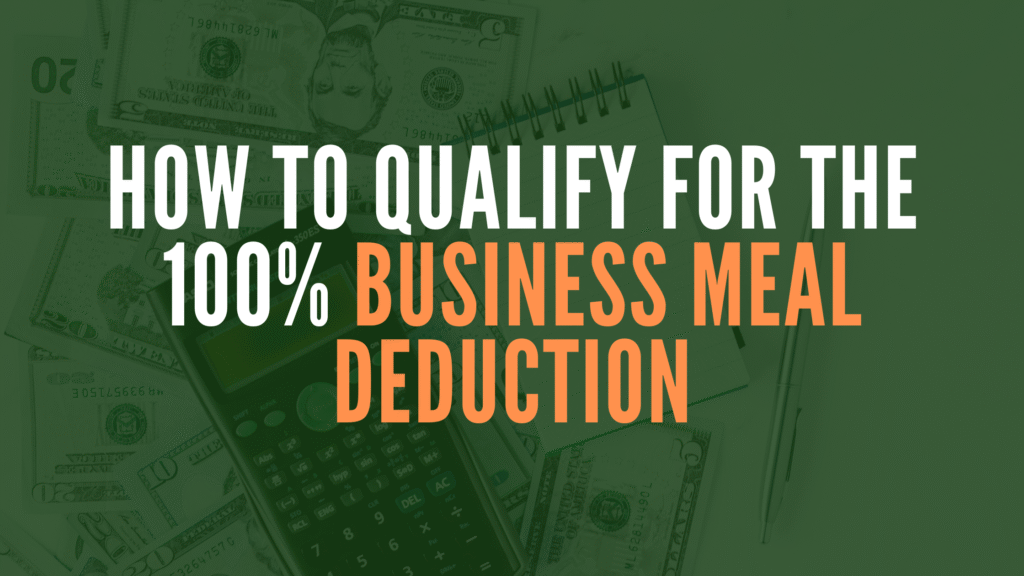Normally, the IRS limits business meal deductions to 50%. But in 2021 and 2022, a special COVID – era law temporarily allowed 100% deductions for certain meals to help the restaurant industry.
Even though this provision has expired, it’s still important to understand the rules both for past deductions and for correctly handling audits.
The IRS defines a restaurant as a business that prepares and sells food or beverages for immediate consumption, whether eaten on-site or taken to-go.
Qualifying examples:
- Dine-in at a restaurant
- Takeout from a local bistro
- Delivery via Uber Eats or Grubhub from a restaurant
Non-qualifying sources (still subject to 50% limit):
- Grocery stores
- Specialty food shops
- Liquor or wine stores
- Convenience stores
- Vending machines
- Drugstores
Other Rules You Must Follow
- Be present at the meal yourself.
- Share the meal with someone you could reasonably expect to do business with—such as a client, customer, supplier, employee, partner, or advisor.
- The expense must be an ordinary and necessary business cost under Section 162 of the tax code.
If the food comes from a qualifying restaurant and meets business meal rules, you can deduct the full amount (for those specific years).
Need help ensuring your meal deductions are bulletproof in case of an IRS audit? BASC Expertise can review your records and maximize your legitimate deductions.

